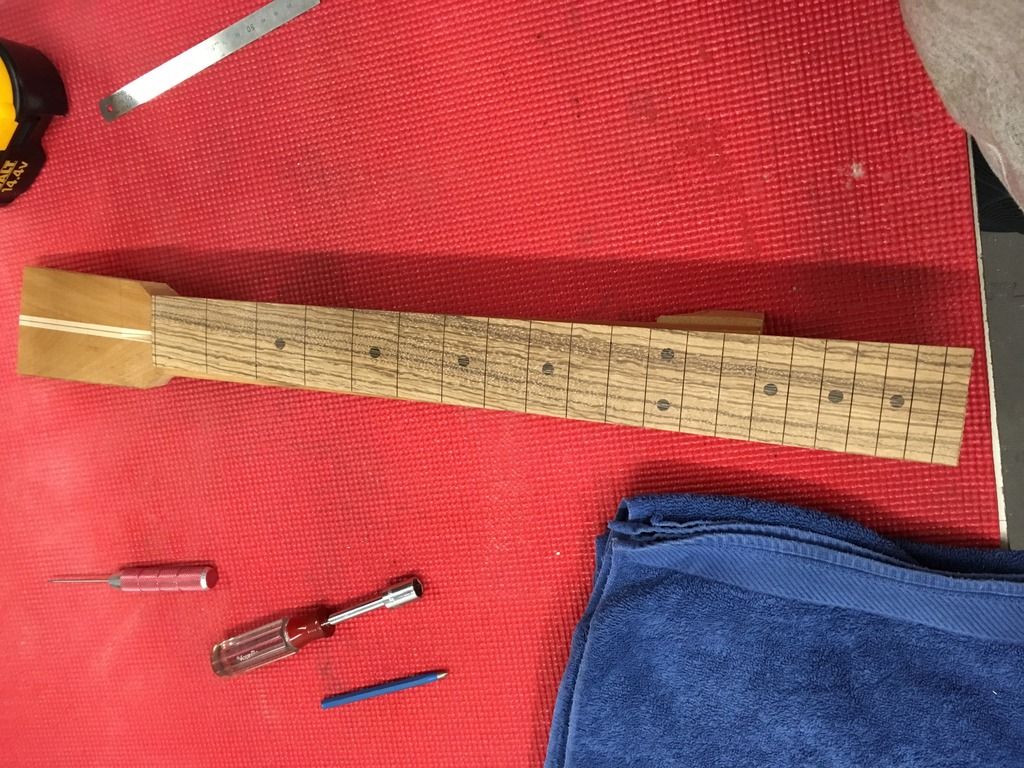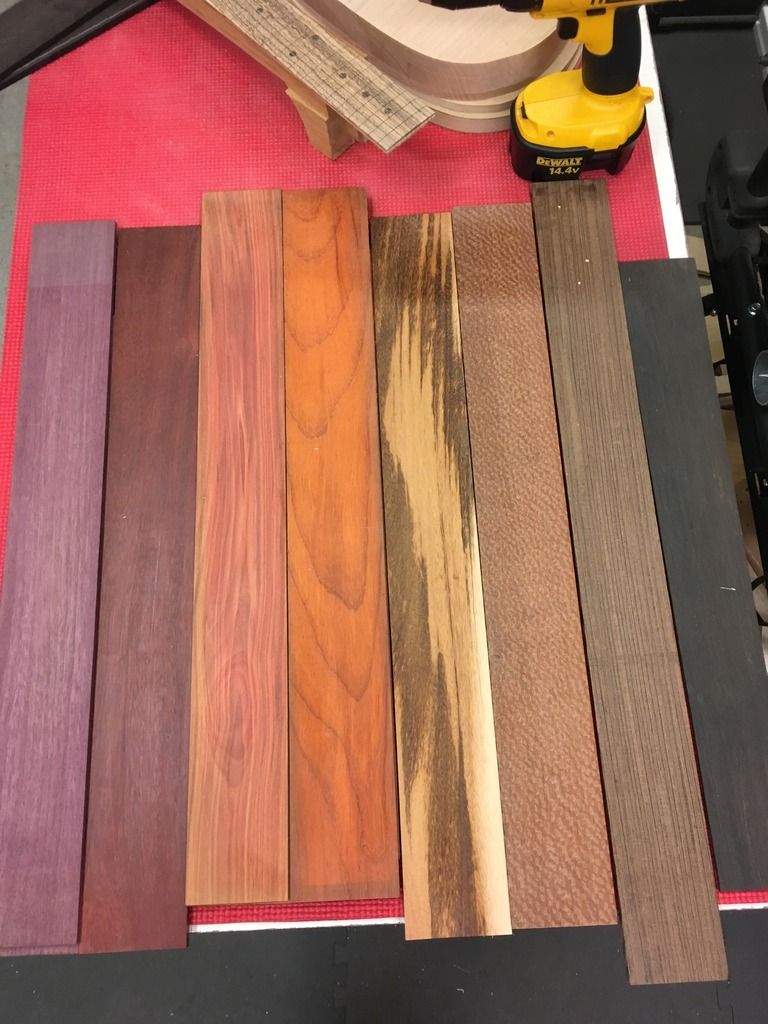thedarknightshreds
Goregrind Elitist
I so want a guitar with a Bois de rose fingerboard. I was going to use it on a build but due to export laws, I doubt that will be happening any time soon..
Bois de Rose, dalbergia maritima from Griffin Exotic Wood
Bois de Rose, dalbergia maritima from Griffin Exotic Wood

 my point was just that there are a great many woods which weren't as readily available/not imported at all that are going to be viable alternatives.
my point was just that there are a great many woods which weren't as readily available/not imported at all that are going to be viable alternatives.



 I got lucky with a buyer who didn't want to go down the ebony route
I got lucky with a buyer who didn't want to go down the ebony route